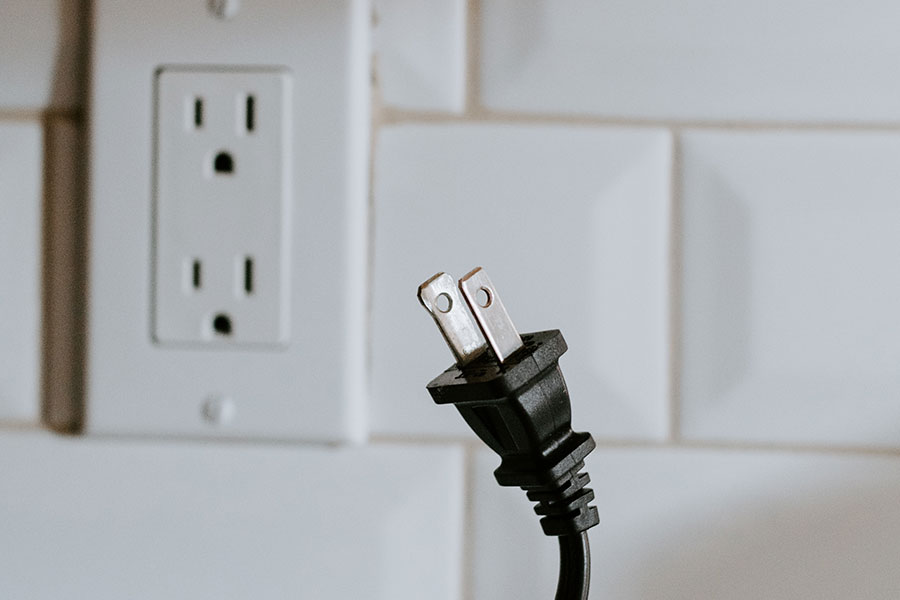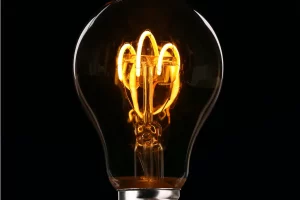We live in a world where our daily routines are heavily dependent on electricity. From the smallest household chores to our major appliances and gadgets, our lifestyles are inextricably intertwined with energy consumption.
However, as the planet grapples with climate change and the need for sustainability, it’s becoming increasingly important to conserve energy. Lowering electricity usage not only reduces your carbon footprint, but it can also significantly cut down your energy bills. This article outlines 28 practical, real-life ways you can save electricity at home.

How to save electricity at home – 28 simple yet effective ways
Here’s what you can do today to start saving on electricity bills:
- Unplug Devices. Unplug devices when they are not in use. Even when off, appliances can draw power if they are still plugged in. This is known as ‘phantom load’.
- Use energy efficient light bulbs. Replace conventional incandescent light bulbs with compact fluorescent lamps (CFLs) or LED lights. These consume 75% less energy and last significantly longer.
- Use Natural Light. Where possible, use natural light instead of electric lighting. Arrange your home to maximize the daylight entering through windows.
- Use Smart Power Strips to curb ‘phantom load’. These power strips detect when a device is not in use and cut off power.
- Use energy efficient appliances. Purchase Energy Star rated appliances. They use less electricity and are more efficient than non-rated appliances.
- Limit Space Heater Usage. Space heaters consume a lot of energy. Use them sparingly and consider investing in efficient, centralized heating.
- Shorter Showers. Hot water requires energy. Reducing shower time can lower your energy bill and save water.
- Cold Water Laundry. Wash clothes with cold water. Heating water for laundry consumes a lot of energy.
- Dry Clothes Naturally. Instead of using a dryer, air-dry your clothes outside or on a drying rack.
- Fill Up the Fridge. A full refrigerator retains cold better than an empty one. This efficiency reduces the frequency and duration of the fridge’s cooling cycles.
- Lower Your Thermostat. Lower your thermostat in winter. Each degree can save up to 3% on heating costs.
- Raise Your Thermostat. Raise your thermostat in summer. Fans are an energy-efficient way to stay cool.
- Seal Windows and Doors. Drafts can lead to heat loss in winter and heat gain in summer. Use weatherstripping or caulking to seal your windows and doors.
- Insulate Your Home. A well-insulated home stays warm in winter and cool in summer, reducing the need for heating and cooling.
- Use a Programmable Thermostat. Programmable thermostats allow you to automatically adjust the temperature based on your daily routine.
- Install Dimmer Switches. Dimmer switches let you adjust the brightness of your lights, using only as much light as you need.
- Use the Microwave. Microwaves use less energy than conventional ovens. Use the microwave for small and medium-sized meals.
- Batch Cooking. Cook several meals at once to make the most efficient use of your oven.
- Regular Maintenance. Regularly maintaining appliances ensures they work efficiently and do not consume extra power.
- Use Lids on Pots. Using lids on pots while cooking can decrease cooking time and save energy.
- Plant Trees Strategically. Trees planted to block the sun can naturally cool your home in the summer, reducing the need for air conditioning.
- Use Energy-Efficient Window Treatments. Insulated blinds, shades, and curtains can help prevent heat loss in winter and keep out the heat in summer.
- Install Ceiling Fans. Ceiling fans circulate air and make a room feel cooler, reducing the need for air conditioning.
- Install Motion Sensor Lights. Motion sensor lights ensure that lights are only on when needed, saving energy.
- Turn Off the Oven Early. Turn off the oven a few minutes before the cooking time is up. The remaining heat will finish cooking the food.
- Laptop over Desktop. Laptops consume five times less electricity than desktop computers. Choose a laptop over a desktop where possible.
- Opt for Solar Energy. Install solar panels to use renewable energy and reduce your dependence on the grid.
- Perform an Energy Audit. Get a home energy audit to identify where you can make the most effective energy-saving adjustments.
Conclusion
Saving electricity at home is more than just an eco-friendly endeavor – it’s a critical step towards sustainable living and helps reduce your energy costs.
While each of these tips might not seem like a huge change individually, collectively, they can make a significant difference. By consciously making these small adjustments, we can play our part in reducing energy consumption, one kilowatt-hour at a time. Remember, every bit of effort counts in the grand scheme of sustainable living.



